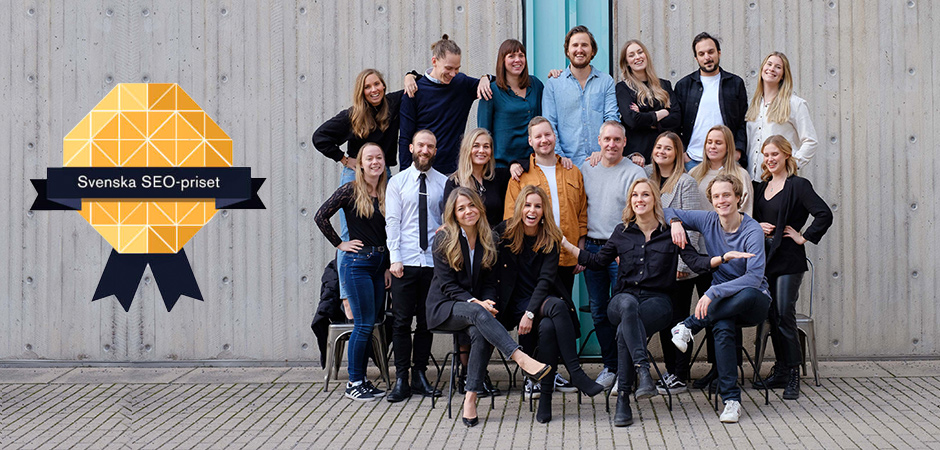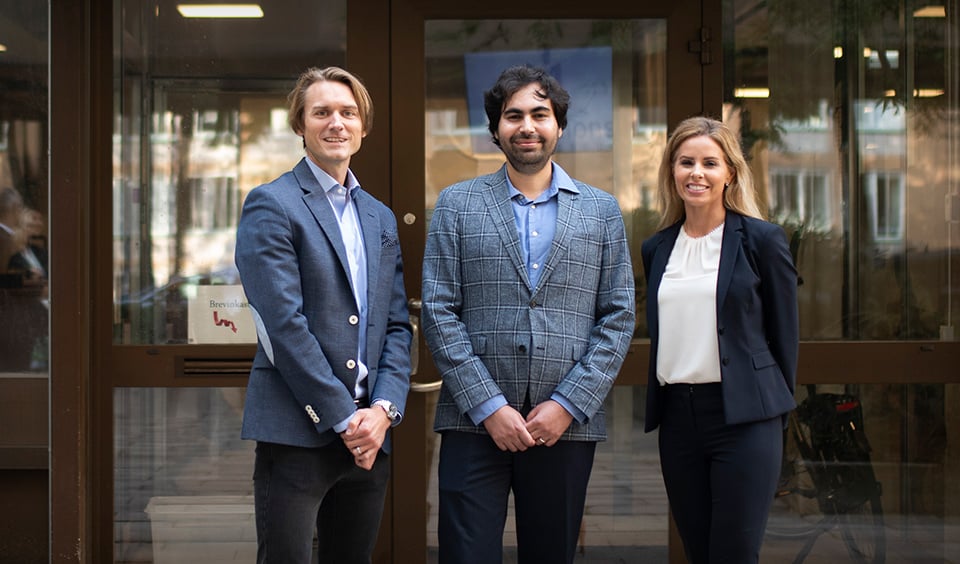One year with Covid-19: The biggest learning experience in modern history. Its impact stretches across countless industries, and the education sector has had to adapt quickly to meet the demands of at-home learners. Here we discuss how Covid-19 has impacted the education sector, including the three major trends we saw pre-Covid: Digitization, Globalization and Personalization.
We have been teaching the same way for several hundred years, with one teacher in front of the class. Then seemingly overnight, all schools across the globe had to deliver lessons online. China began broadcasting lessons on TV to reach areas where students do not have access to an internet connection.
The pandemic has put a lot of pressure on schools and governments and the result has varied across the world. In particular, it has shone light on the importance of internet access to the process of democratizing education. Several years of development have been squeezed into one year, and our hope is that the education sector will emerge from the pandemic even better than before.
The early days of elearning
The dawn of elearning could be traced back to the late 1990s when we had an elearning boom from an investment perspective, but it didn’t pay off. The technology wasn’t good enough and the learners weren’t ready for it.
10 years ago the digitization of the education sector was led by American universities through the foundation of MOOCs - Massive Open Online Courses. Harvard and MIT founded Edx and the Stanford professors Andrew Ng and Daphne Koller founded Coursera. This was an important step for us in the education sector. There were also private initiatives: Sal Khan introduced the “flipped classroom” with Khan Academy, where you watch the lectures at home and do the homework in school together with the teacher.
However, these events weren’t game-changers for the way we learn, like Spotify and Netflix have been for music and entertainment. Before the pandemic, only 3% of the education spend was digital, compared to 35% in the entertainment industry. It has since increased and we expect it to keep growing as the trend towards digitization, globalization, and personalization in the education industry continues.

How has Covid affected the major trends and have new trends emerged?
The interest in education has increased. At EMG, we saw over 20% increase in the number of people searching for education on our sites. That’s a total of 44 million people in 2020. Similarly, interest in distance and online education increased by 50% compared to 2019. This indicates that the need for education has not been stymied by the pandemic, but rather has evolved to include more digital formats such as online and distance courses.
More students want to go abroad
Perhaps the most surprising discovery is that there has been an increased interest in studying abroad throughout the pandemic! For example, educations.com was up 64% in visitors last year and our agent for Swedish people looking to study abroad, Blueberry, has seen a massive increase in demand, but a decrease in enrolled students due to the travel restrictions. As soon as the vaccine is rolled out and the restrictions are lifted we expect the floodgates will open and a lot of students who haven’t been able to study abroad will jump at the opportunity to do so.
Covid-19 flipped the classroom
With billions of students and professionals learning from home, the classroom had to pivot overnight. The results have been very different across the globe, but the education sector has taken several steps forward and many of the changes are here to stay.
We believe that the digital classroom is here to stay, at least to some extent. Students will go back to school and the classroom will still be the foundation where students learn. However, we predict that educators will have to invest in digital platforms to support the learning experience and the classrooms will be more and more digitized.

"With the speed of change, learning needs to be a crucial part of any organization’s strategy and a likely solution to support the strategy is an online learning platform where you can produce, collect, curate, and distribute learning content."
Mattias Säker, COO at EMGIt’s not only the educator that needs a learning platform; a majority of all organizations will also need a learning platform. With the speed of change, learning needs to be a crucial part of any organization's strategy and a likely solution to support the strategy is an online learning platform where you can produce, collect, curate, and distribute learning content.
Learning online → Data → AI → personalization
When learning moves online, we get data and with data the learning experience can be personalized through artificial intelligence and machine learning. Sana Labs is one of the leading companies in this area and their platform is used by over 70,000 nurses to give better care. Their aim is to double the speed of learning by personalizing the learning journey through the use of AI.
MOOCs and online platforms like Udemy, Masterclass, and Mindvalley have all seen a huge increase in enrolled students. Individuals seem to be prepared to invest a similar amount on a learning platform subscription as they would for a gym membership. Countries like France and Singapore already have individual competence accounts to support lifelong learning and we expect more countries to follow their example.
Looking forward in education
54% of all employees will require significant re- and up-skilling by 2022, according to the World Economic Forum. Individuals, organizations and policymakers all have a responsibility here. In our future articles about the education sector we will look at lifelong learning from three different perspectives, starting with the individual perspective.
Coursera’s IPO in the end of March valuing the MOOC platform at 6 billion USD summarizes one year with the pandemic and is a sign that the 3 major trends, Digitization, Globalization and Personalization, will continue to shape the education sector in the future.




